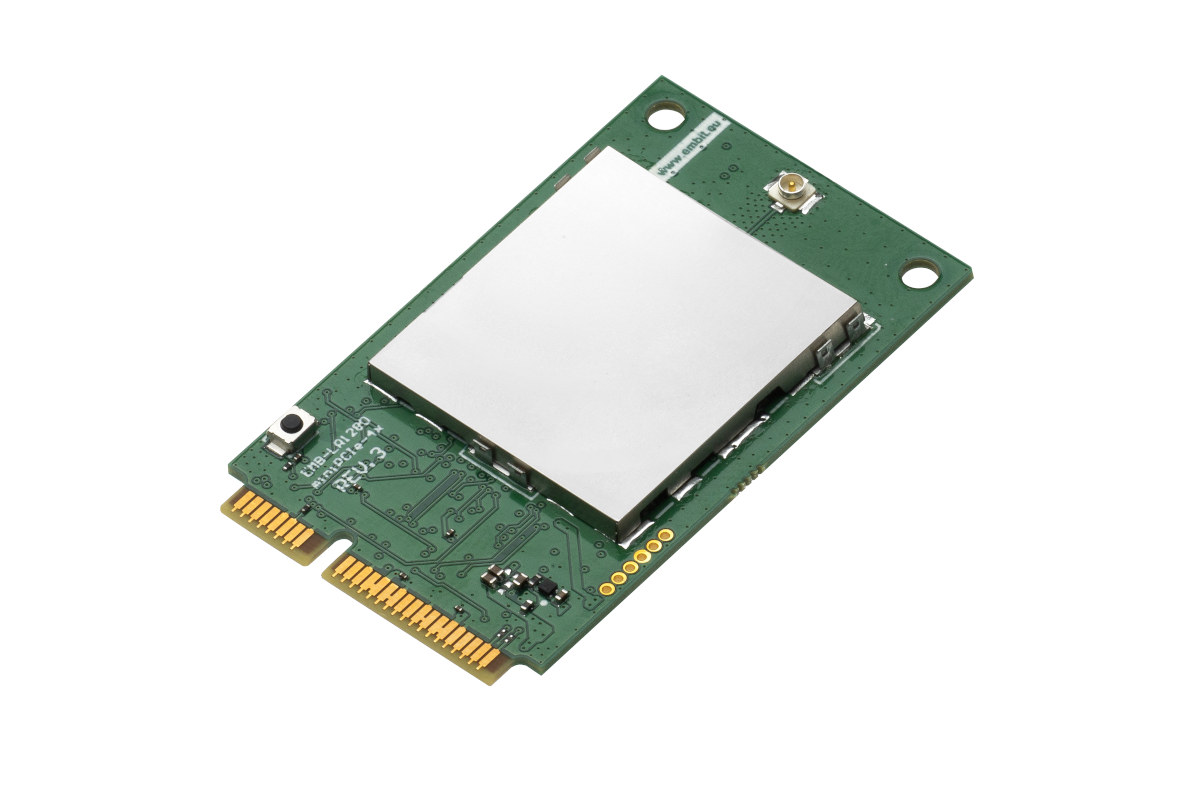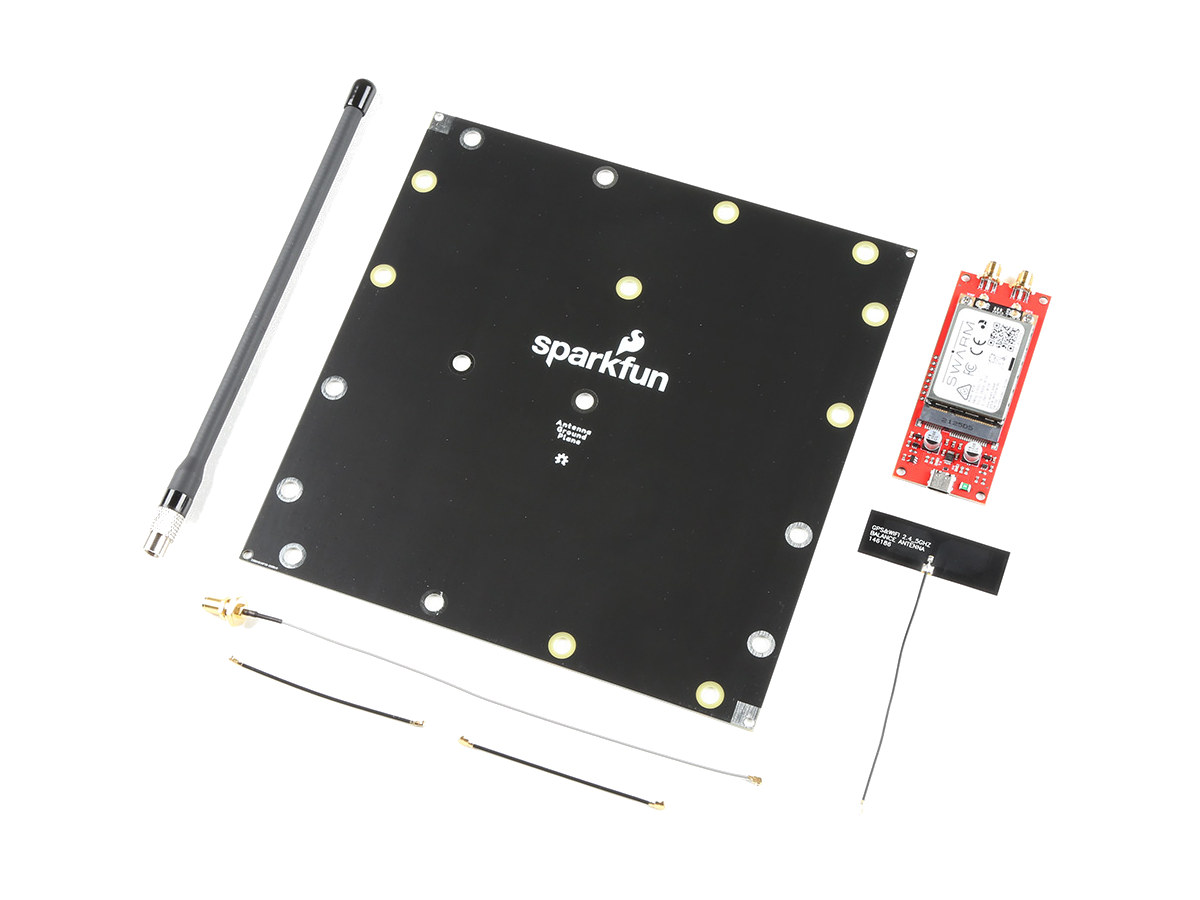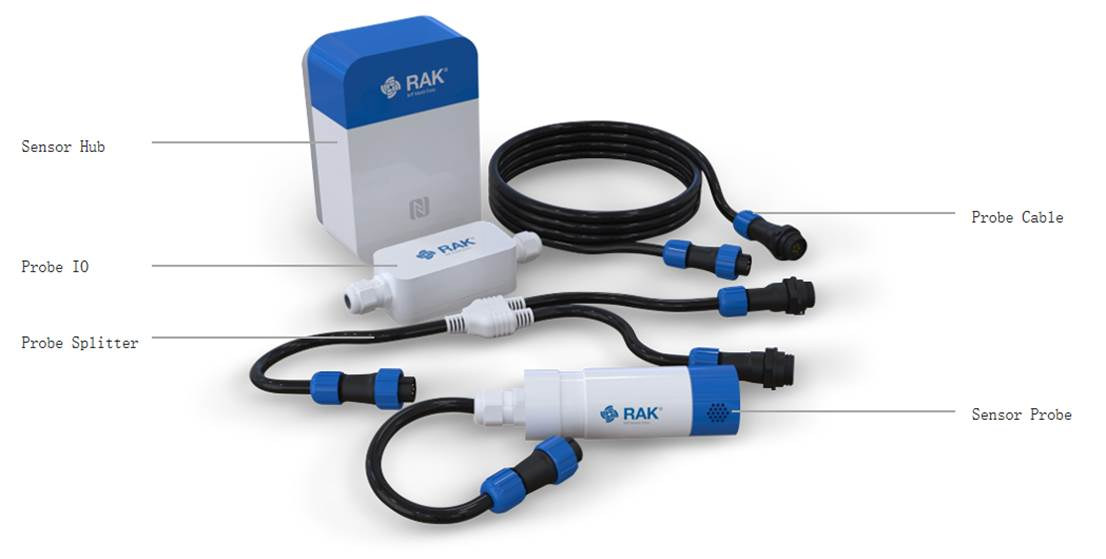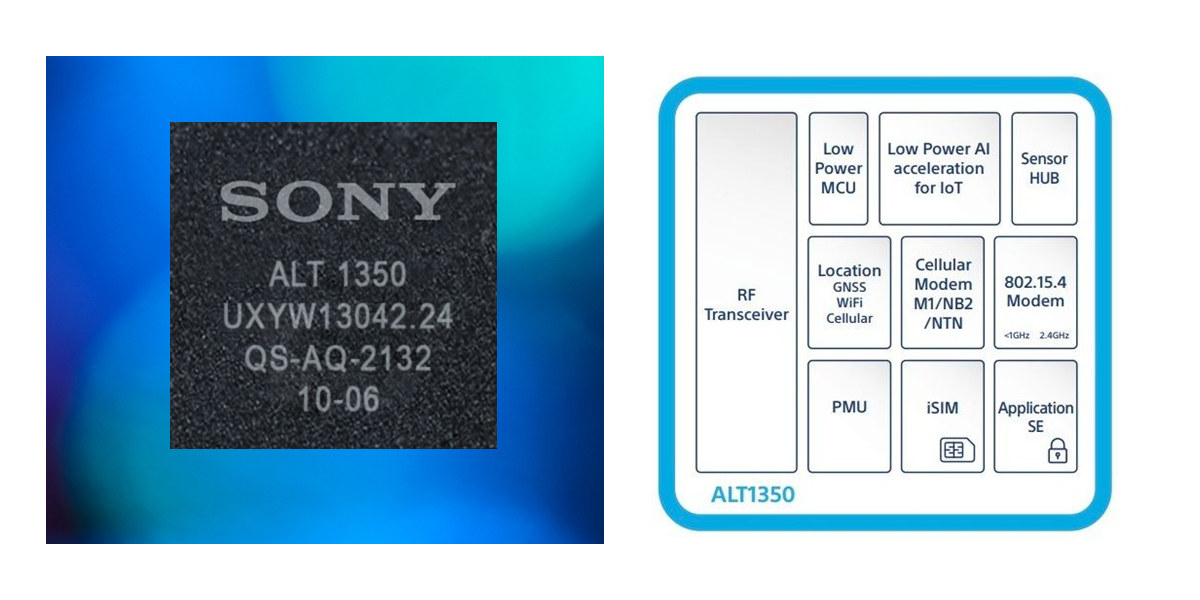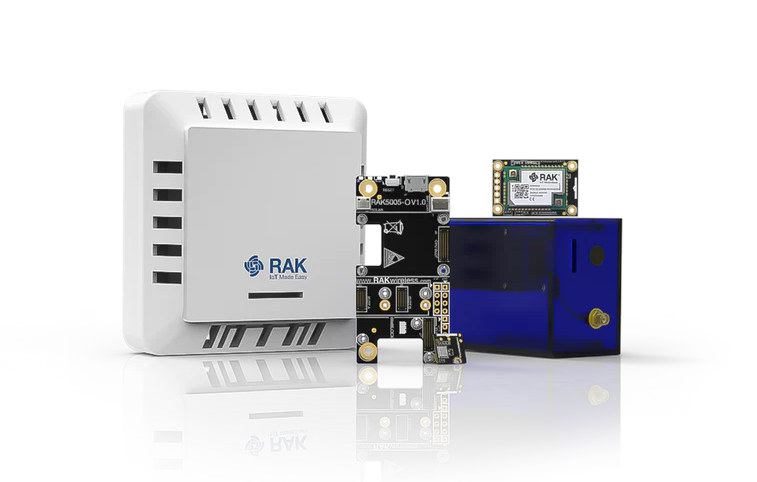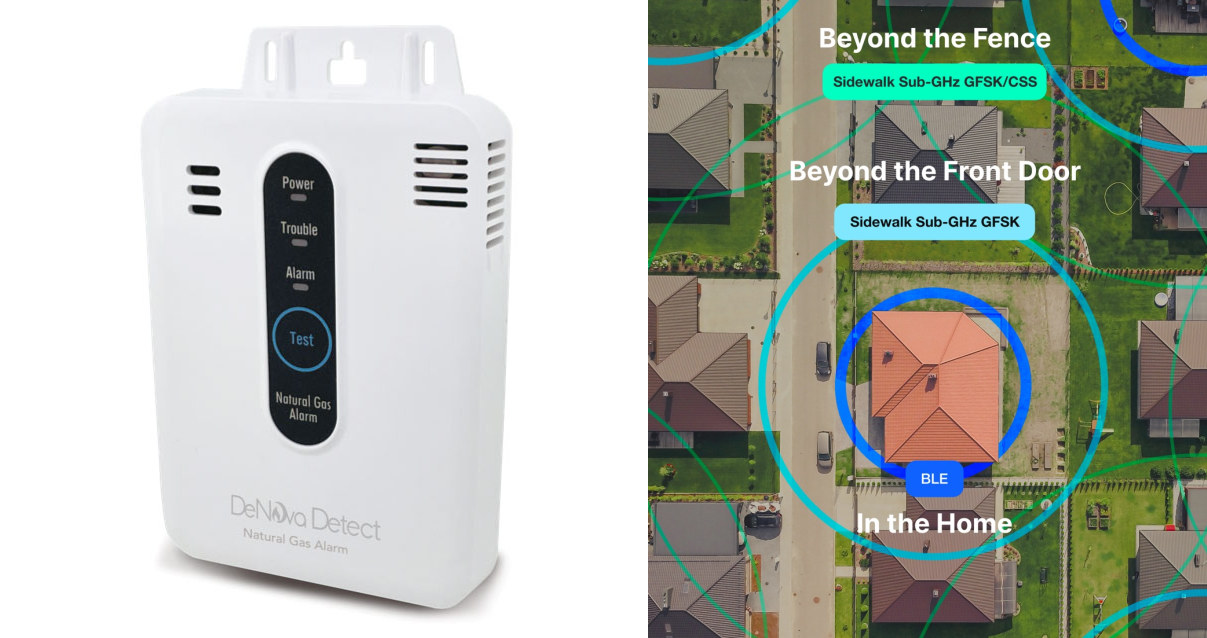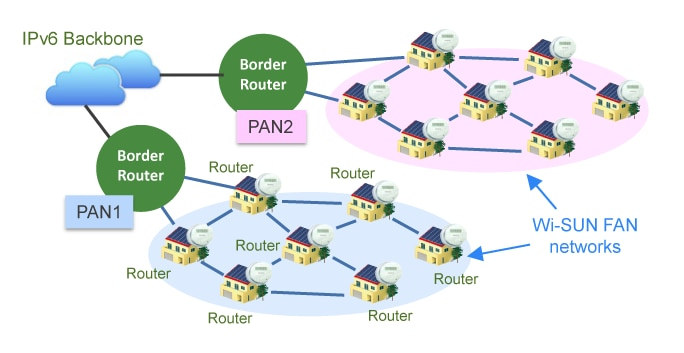Embit EMB-LR1280-mPCIe-4x is an mPCIe (mini PCIe) module based on four Semtech SX1280 2.4 GHz LoRa transceivers and designed for OEM gateways that can work worldwide thanks to the use of the 2.4GHz ISM band and supports ranging. We first covered 2.4GHz LoRa and the SX1280 transceiver two years ago as a solution to design region-independent products specially suited to maritime and intercontinental logistics applications. We haven’t seen it used that much although we covered an ESP32 board with SX1280 last year, and it turns out that Italian company Embit has also made a mPCIe module based on the SX1280 chipset. Embit EMB-LR1280-mPCIe-4x specifications: LoRa connectivity Chipsets – 4x Semtech SX1280 transceiver with 3x LoRa Rx Channels + 1x LoRa Tx Modulation – LoRa Spread Spectrum Frequency – 2.4 GHz ISM band Frequency Range – 2400 to 2500 MHz RF Output power – Up to +12 dBm Sensitivity -129 dBm […]
$200 Swarm M138 kit enables two-way satellite connectivity for IoT projects
Sparkfun has launched a Satellite Transceiver Kit based on the Swarm M138 satellite and GNSS modem that allows low-bitrate two-way connectivity for IoT projects anywhere on earth. Remote IoT applications have benefited from LPWAN standards such as LoRaWAN and NB-IoT, but in some extreme cases coverage may still be challenging, so satellite communication may be the only practical option. It used to be really expensive, but Swarm makes this more affordable, and companies like SigFox and Semtech also have (or had?) plans to use low-earth orbit satellites for their respective LPWAN technologies. Swarm M138 kit content and specifications: Swarm M138 mini PCIe satellite modem and GNSS receiver module MCU – Arm Cortex-M4 microcontroller Up to 1 Kbps data rate, up to 912 bytes packet size Frequency 137-138 MHz (downlink) 148-150 MHz (uplink) Dimensions – 51.0 x 30.0 x 5.3 mm Weight – 9.6 grams Temperature Range – -40°C to +85°C […]
RAK2560 WisNode LoRaWAN & BLE Sensor Hub ships with a choice of sensor modules
RAKwireless RAK2560 WisNode Sensor Hub is a modular sensor gateway based on the RAK4630 WisDuo Stamp module with Nordic Semi nRF52840 Bluetooth 5.0 LE MCU and Semtech SX1262 LoRa/LoRaWAN transceiver and equipped with two sensor probe ports to connect a range of sensors. It ships with various sensors from a temperature and humidity sensor to a water level sensor, and is designed for outdoor operation with an IP66 design, waterproof probe connectors, and the ability to support a solar panel as the power source. RAK2560 WisNode Sensor Hub specifications: Core module – RAK4630 WisDuo Stamp Module with LoRa/LoRaWAN and BLE 5.0 connectivity through nRF52840 MCU and SX1262 radio chip Wireless Connectivity BLE – Bluetooth LE 5.0 with Long Range and High Speed (2 Mbps) support LoRaWAN – Full LoRaWAN band support, high-efficiency embedded LoRa antenna 860~930 MHz Cellular IoT – Optional RAK5860 NB-IoT module NFC tag for power on and […]
Sony ALT1350 5G cellular IoT chip supports NTN connectivity, integrates sub-GHz and 2.4GHz radios
Sony ALT1350 is a new ultra-low-power 5G LPWA LTE-M/NB-IoT chip that supports Non-Terrestrial Networks (NTN) for satellite connectivity and also integrates sub-GHz and 2.4 GHz radios for short-range communication and improved efficiency. The chip is comprised of an Arm Cortex-M4 microcontroller core as well as an Arm Cortex-M0+ always-on core for sensors and will be upgradable to 3GPP Release 17 to support higher bitrates for Cat-M1 (eMTC) and Cat-NB2 (NB-IoT). It also implements GNSS, cellular and wifi-based location, supports AI acceleration, and embeds a secure element for secure communication. Sony ALT1350 specifications: MCU cores Arm cortex-M4 with 1MB NVRAM and 752KB RAM Arm Cortex-M0+ low power always-on sensing hub Memory & Storage I/F – Quad SPI flash and PSRAM Wireless Cellular 3GPP Release 15, future proof to support 3GPP up to 17 through SW upgrade CAT-M1: Up to 588 Kbps in DL, and 1119 Kbps in uplink (up to 1.2mbps […]
Giveaway Week – RAK Developer Kit (Air Quality Kit)
RAKwireless joined CNX Software’s Giveaway Week last year with the WisBlock Kit 2 LoRa-based GPS Tracker with Solar Panel, and the company is back for Giveaway Week 2022 with the RAK Developer Kit (Air Quality Kit) with LoRaWAN connectivity. The kit includes everything to get started to build an indoor air quality monitor and send the air quality information over LoRaWAN to the cloud/LoRaWAN server. It notably comes with a WisGate gateway and a Wisblock Node with an indoor enclosure. The kit contents and main specifications are as follows: RAK7246 WisGate Developer D0 with: Raspberry Pi Zero W board with Broadcom BCM2835 ARM11 processor @ 1GHz, 512MB RAM Storage – 16GB MicroSD card Connectivity 802.11 b/g/n WiFi and Bluetooth 4.0 via Cypress CYW43438 module found on RPi Zero W board RAK2246 Pi HAT LoRaWAN concentrator module with SX1308 baseband processor Frequency bands – RU864, IN865, EU868, US915, AU915, KR920, AS923 […]
DeNova Detect natural gas alarm works with Amazon Sidewalk network
New Cosmos’ DeNova Detect is a wireless natural gas alarm that works with the Amazon Sidewalk network designed for low-power, low-bandwidth IoT devices in and around the house, benefiting from free connectivity thanks to the installation base of Amazon devices such as the Echo Show acting as gateways. DeNova Detect does not require wiring to mains, and the device is expected to achieve an extended battery life of seven years, so customers can choose the optimal location for a gas alarm in their homes without needing to be close to an electrical outlet. There’s no need to have an additional gateway such as with LoRaWAN solutions as well as the customer owns one or more Sidewalk-compatible device. Note that Amazon Sidewalk is currently deployed in the US only with global expansion planned for later. Amazon Sidewalk relies on Bluetooth LE inside the home, Sub-GHz GFSK on the sidewalk/around […]
Silicon Labs FG25 Arm Cortex-M33 SoC targets Wi-SUN FAN networks
Silicon Labs announced various new products at its annual Works With Developer Conference including the FG25 Arm Cortex-M33 SoC designed for sub-GHz Wi-SUN FAN networks for Smart Cities and applications such as smart metering, street lighting, electricity distribution automation, municipal infrastructure, and more. The microcontroller runs at up to 97.5 MHz, features 512KB RAM and up to 1920 KB flash, operates at up to 125°C, consumes as little as 2.6 μA in deep sleep mode, and can offer a range of up to 3 km when used in combination with the new EFF01x front-end module delivering up to +30 dBm output power. Silicon Labs FG25 (EFR32FG25) specifications: CPU core – Arm Cortex-M33 core @ 97.5 MHz with DSP instruction and floating-point unit for signal processing Memory – Up to 512 kB RAM data memory Storage – Up to 1920 kB flash program memory Radio Sub-GHz radio operation TX power up […]
Wi-SUN: An LPWAN standard for Smart Cities, Smart Agriculture, large scale IoT deployments
Wi-SUN is a standard (IEEE 802.15.4g) managed by the Wi-SUN Alliance and designed for Smart Cities, Smart Agriculture, and other large scale IoT deployments with a large number of devices thanks to the use of IPv6 mesh networking. The organization was founded in 2011 to “support the worldwide development of Wireless Communications Networks for Utilities, Smart Cities and IoT”, but due to the niche nature of target applications, it does not get that much press coverage and was only recently brought to my attention. Wi-SUN stands for “Wireless Smart Utility Networks”or “Wireless Smart Ubiquitous Networks”, and the standard aims to connect streetlights, cameras, weather stations, smart metering, utility transmission systems, and others to enable data-sharing between city services to improve their efficiency, save costs, and offer improves services to citizens. Wi-SUN FAN (Field Area Network) is the latest protocol managed by the Wi-SUN Alliance with over 95 million units shipped […]


